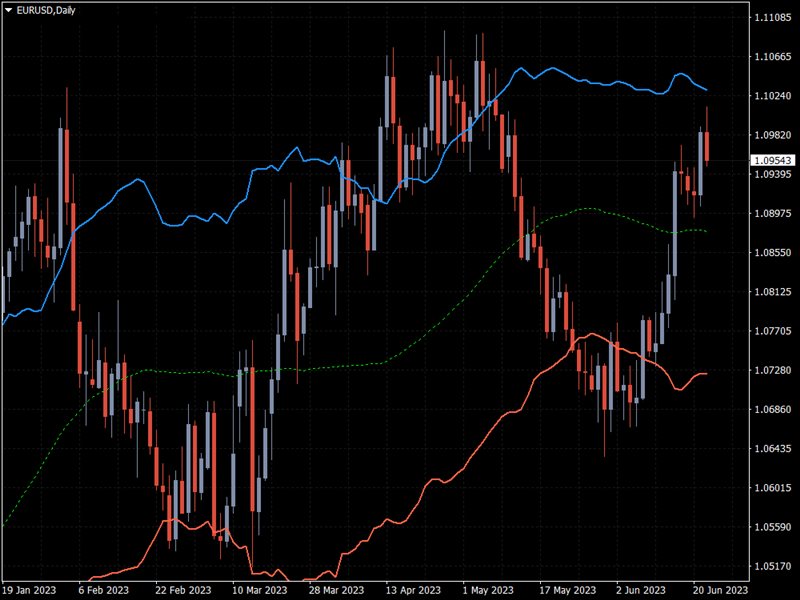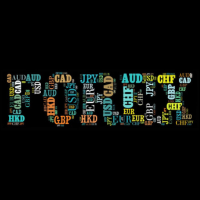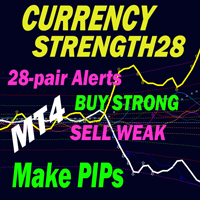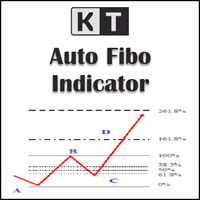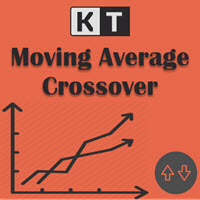KT ATR Bands MT4
- Indicadores
- KEENBASE SOFTWARE SOLUTIONS
- Versión: 1.0
- Activaciones: 5
KT ATR Bands dibuja envolventes y bandas de volatilidad utilizando una combinación del indicador Average True Range (ATR) y una media móvil. Estas bandas se utilizan comúnmente para identificar posibles puntos de reversión y períodos de alta o baja volatilidad.
Características
- Capacidad Multitemporal: Por ejemplo, puedes visualizar las bandas ATR del gráfico diario en un gráfico H1.
- Alertas Inteligentes: Puedes activar o desactivar alertas para cada banda por separado y definir un intervalo mínimo entre alertas para evitar notificaciones excesivas.
- Totalmente Personalizable: Permite ajustar períodos de ATR, métodos de media móvil y colores.
- Programado desde cero: El indicador ha sido codificado desde cero para evitar errores y fallos.
El mundo del trading está lleno de indicadores diseñados para brindar ventaja a los operadores. Uno de estos es el ATR Bands, una herramienta popular que ayuda a entender mejor la volatilidad del mercado.
Veremos cómo configurar las bandas ATR en tu MT4/MT5, crear una estrategia de entrada eficaz y definir niveles clave de stop-loss y take-profit.
Antecedentes de las Bandas ATR
Las Bandas ATR son canales de volatilidad que se colocan por encima y por debajo del precio de un activo.
Su cálculo se basa en el ATR, que mide la volatilidad considerando el rango completo de precios durante un período.
Generalmente se utilizan 14 periodos para el cálculo estándar del ATR.
La volatilidad indica la rapidez con la que cambia el precio de un activo, y es clave para detectar la fuerza de una tendencia y posibles reversiones.
Ajustar el valor del ATR y su multiplicador permite mejorar la sensibilidad de las bandas a los cambios del mercado.
Se considera una herramienta comparable a canales como el Keltner Channel.

